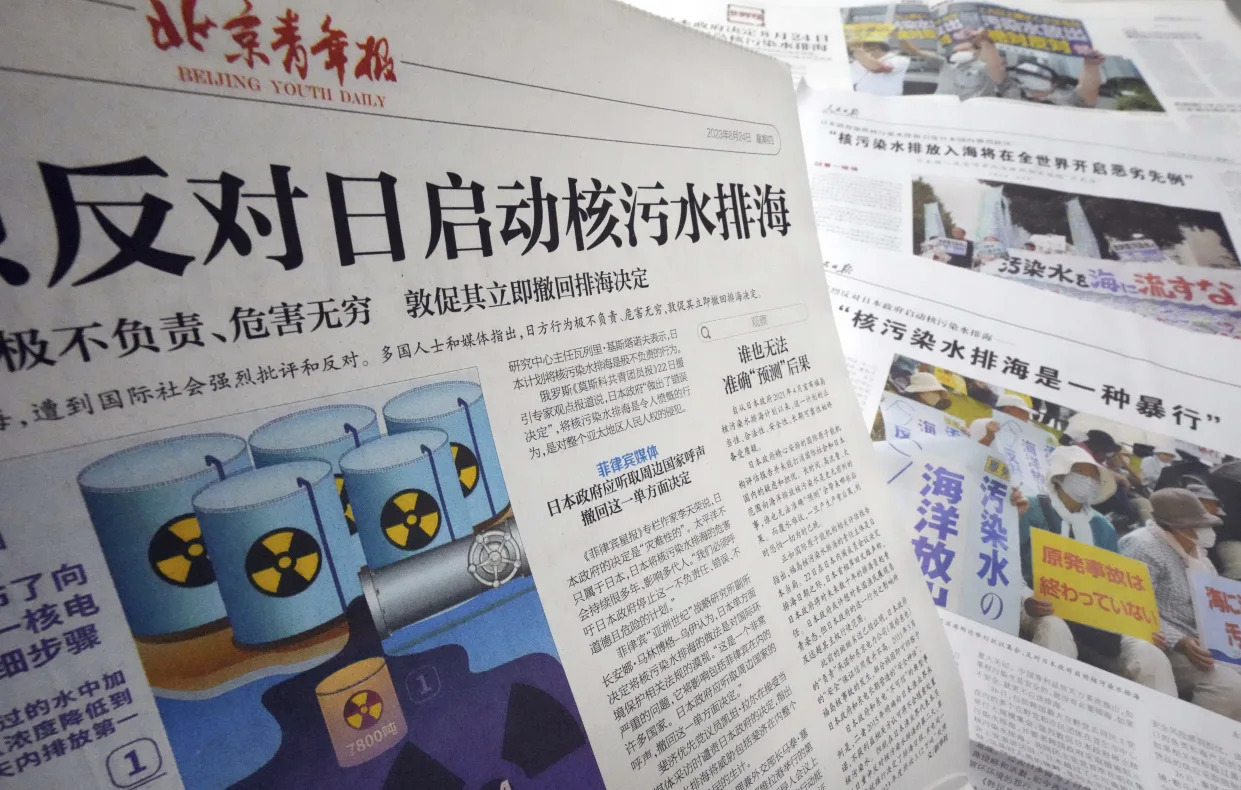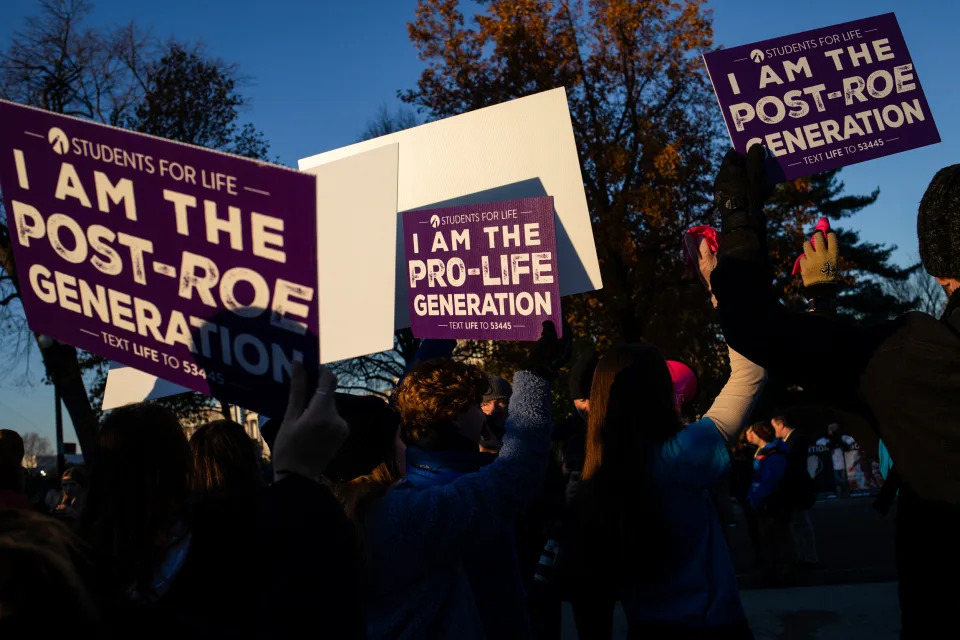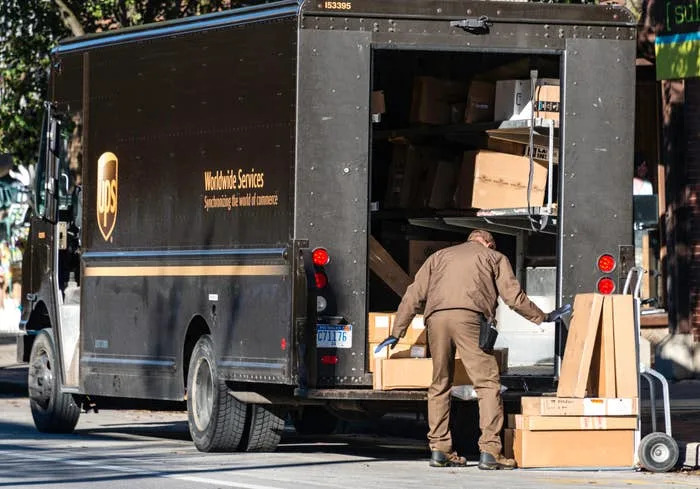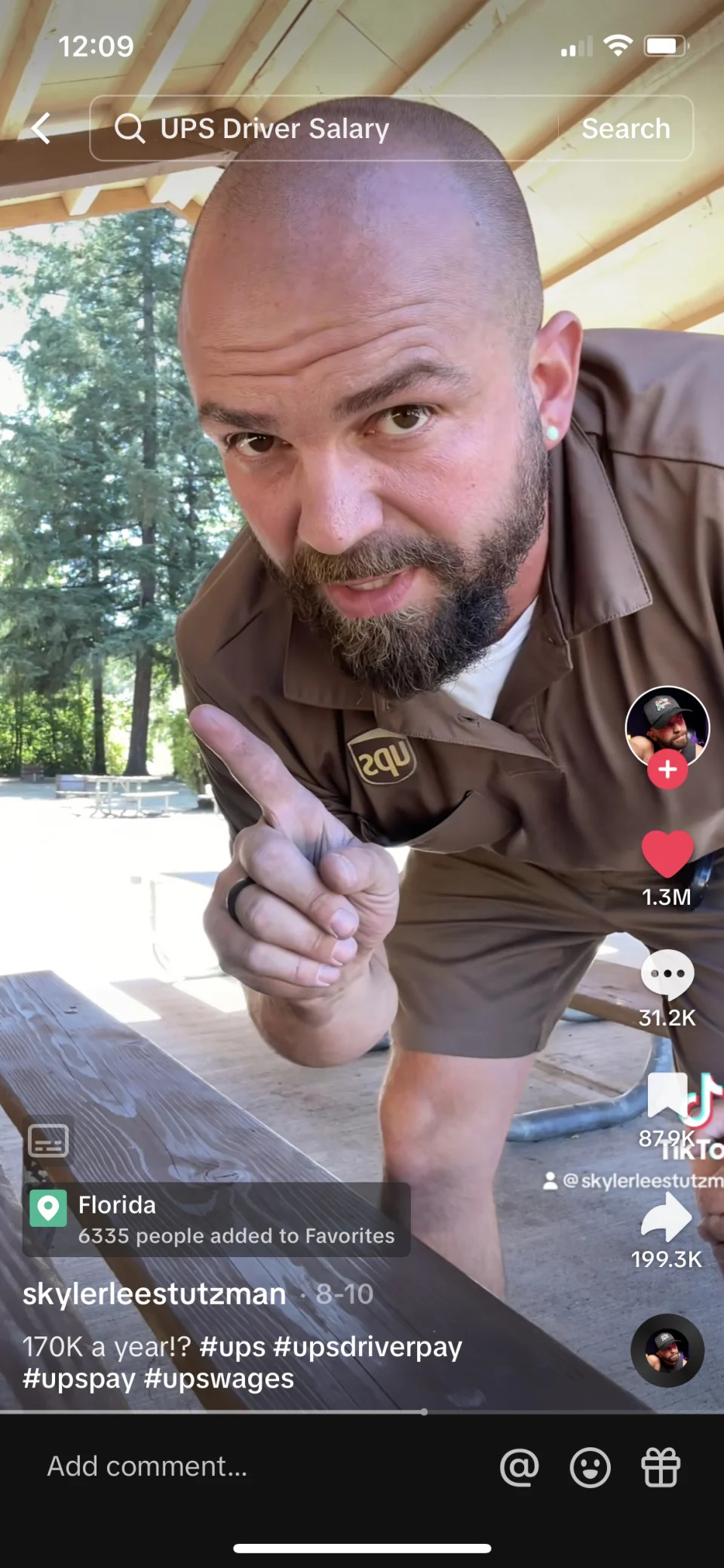Fri, September 8, 2023
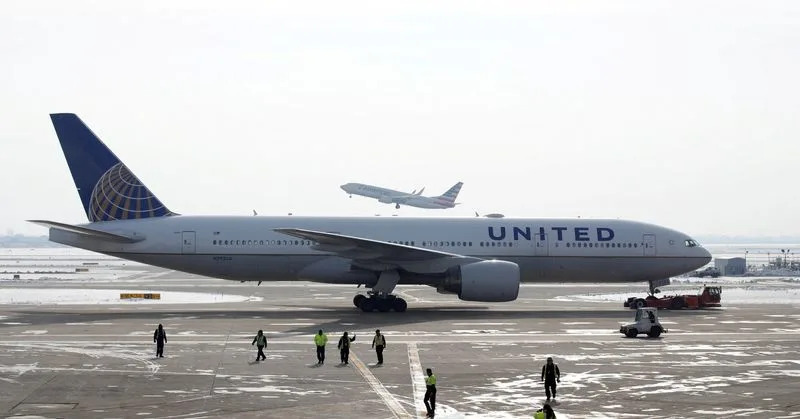
FILE PHOTO: A United Airlines Boeing 777 plane is towed at O'Hare International Airport in Chicago
WASHINGTON (Reuters) - The National Transportation Safety Board said on Friday the February 2021 engine failure on a United Airlines Boeing 777 in Colorado was due to a crack in a fan blade and cited inadequate inspections as a contributing cause.
Soon after the failure, the Federal Aviation Administration (FAA) ordered immediate inspections of 777 aircraft with Pratt & Whitney 4000 engines before further flights, which led to the planes' grounding for more than a year.
The Boeing 777-200 bound for Honolulu after takeoff from Denver showered debris over nearby cities, but no one was injured and the plane safely returned to the airport.
The NTSB cited "the inadequate inspection of the blades, which failed to identify low-level indications of cracking, and the insufficient frequency of the manufacturer’s inspection intervals, which permitted the low-level crack indications to propagate undetected and ultimately resulted in the fatigue failure." Pratt & Whitney is a unit of RTX.
Boeing and Pratt & Whitney did not immediately comment.
United said on Friday it "closely collaborated with the NTSB, FAA, Boeing and Pratt and Whitney on each step of the investigation and are pleased to have these aircraft back in our fleet."
In March 2022, the FAA finalized new safety directives after three reported in-flight fan blade failures including the Colorado incident that prompted enhanced inspections and modifications. The FAA said on Friday it had issued the safety directives in response to the fan blade incidents.
United is the only U.S. operator of 777s with the PW4000 engine and had 52 of those planes as of 2022.
As of January, 17 confirmed cracked fan blades have been found, the NTSB said, the first of which was identified in December 2004 - not including three fan blades that sustained full-blade separation in service.
(Reporting by David Shepardson; editing by Jonathan Oatis and Grant McCool)


